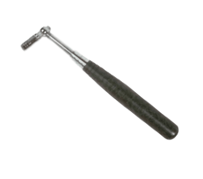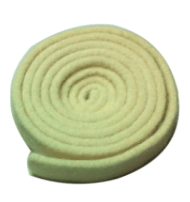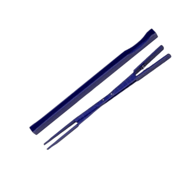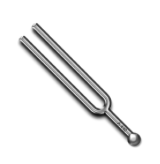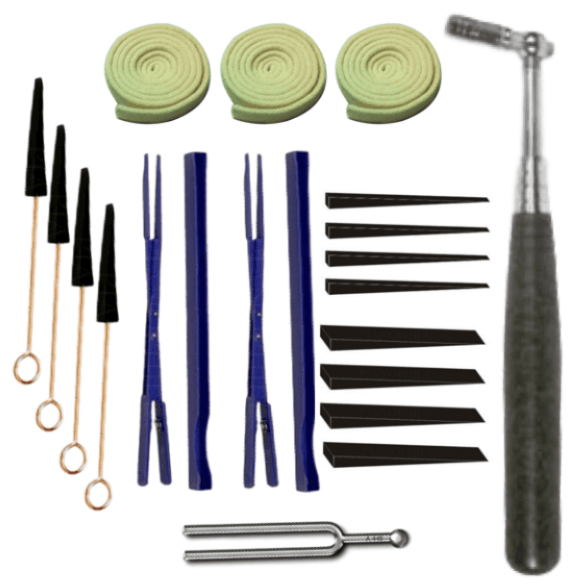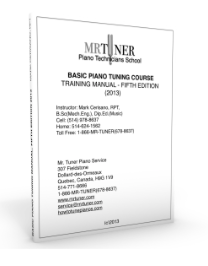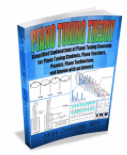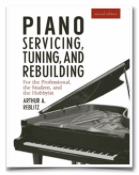So, you want to tune your own piano? That’s great, but here are three things you need to do before you start.
It will take a while to get good so in the meantime, don’t suffer with playing an out-of-tune piano. Also, if you break a string, it won’t be as bad.
1. Get an Old Piano to Practice On!
There’s never been a better time to get an old piano to practice on for cheap. How does FREE sound?
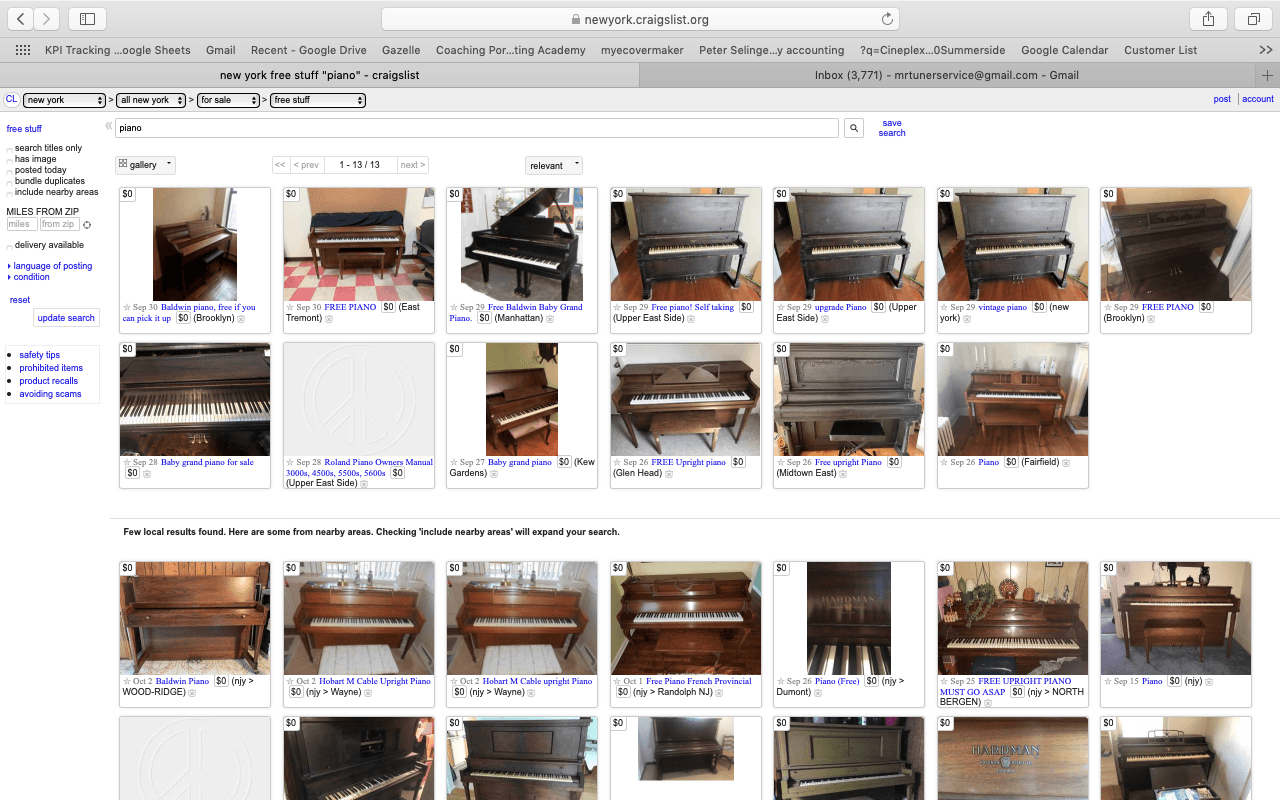
This is a quick screenshot of all the free pianos available on Cragslist New York. That’s right. They’re all FREE!
But how do you know these pianos are any good or if they are all junk?
Easy, just use my…
The questions are all easy to answer like, “Is it hard to move the piano around?”. The more questions you can answer “No” to, the more reason you have to say “Yes” to this piano. Simple as that.
2. You’re Going to Need Some Good Tools.
Hint: if you bought your tools for $30 on eBay, they probably aren’t good enough. The rubber is cheap and won’t mute well, or stay put in the strings; they’ll keep falling out. And the hammer tip will probably not fit well and wear out prematurely.
Here’s a basic list of tools to get. Click the picture and you can buy from me, or just use the picture to find similar tools from wherever you choose.
CLICK IMAGE TO BUY
The complete set is at the bottom
Professional Tuning Hammer.
With or without extension head. Get a #2 tip. It will fit most pianos. Halle or Schaff are good suppliers/makes.
Rubber Mutes.
The matte black rubber ones are the best. They are made from natural rubber. The shiny black ones are hard and synthetic. Don’t get those. You can get the ones with the handles or without. Get a good selection of different sizes.
3. Get the Best Information You Can.
Whether it’s from books or live classes, get the best information you can on how to tune pianos. If the instructions don’t make sense or don’t give you good results, perhaps they are not high quality.
You have the choice of learning to tune by ear, learning to tune with an Electronic Tuning Device (ETD) or use a combination of both.
You do not have the choice of using electronics to help you get good unisons that stay are stable and stay in tune. You will have to learn to do that yourself.
There is no substitute for learning from a good teacher, but here are some books that I sell that are good starting points for learning about piano tuning.
You can browse these and other piano tuning books by clicking the button below:
Basic Piano Tuning Manual
This is the manual I used when I taught my live piano tuning classes. It has a lot of good information and is a step-by-step basic method, from muting the piano to tuning clean unisons.
Basic Piano Tuning Theory
From musical notation to inharmonicity, this book covers a lot of ground and describes concepts in easy to understand language.
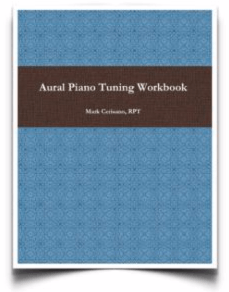
Aural Piano Tuning Workbook
This book walks you through some exercises you can do that really give you great feedback on how the piano behaves when you are tuning it.
Piano Servicing, Tuning, and Rebuilding by Arthur Reblitz.
The standard textbook for piano tuner/technicians for years
Also, join the PTG! (Piano Technicians Guild)
You can always CONTACT ME if you have any questions,
Mark Cerisano, RPT
